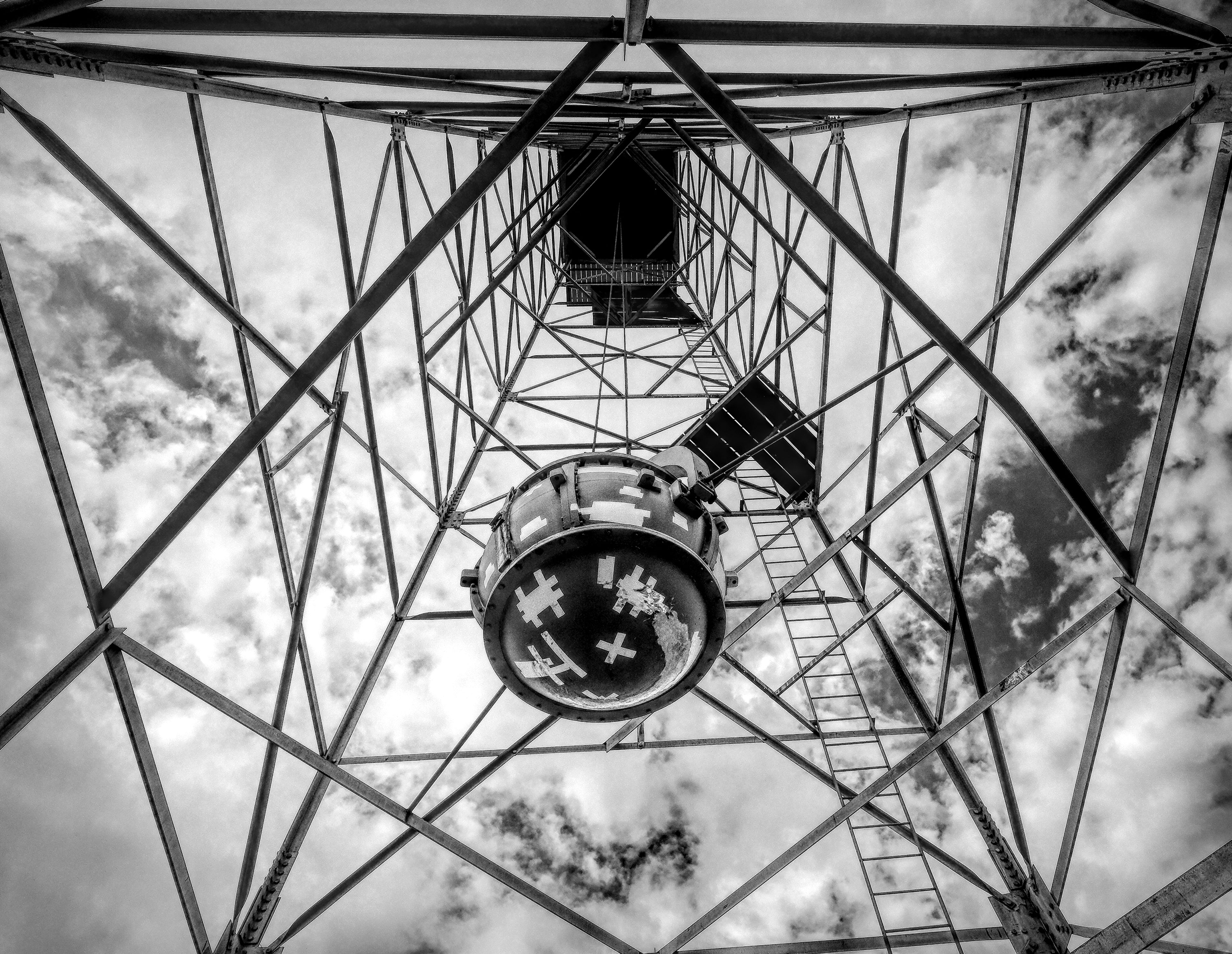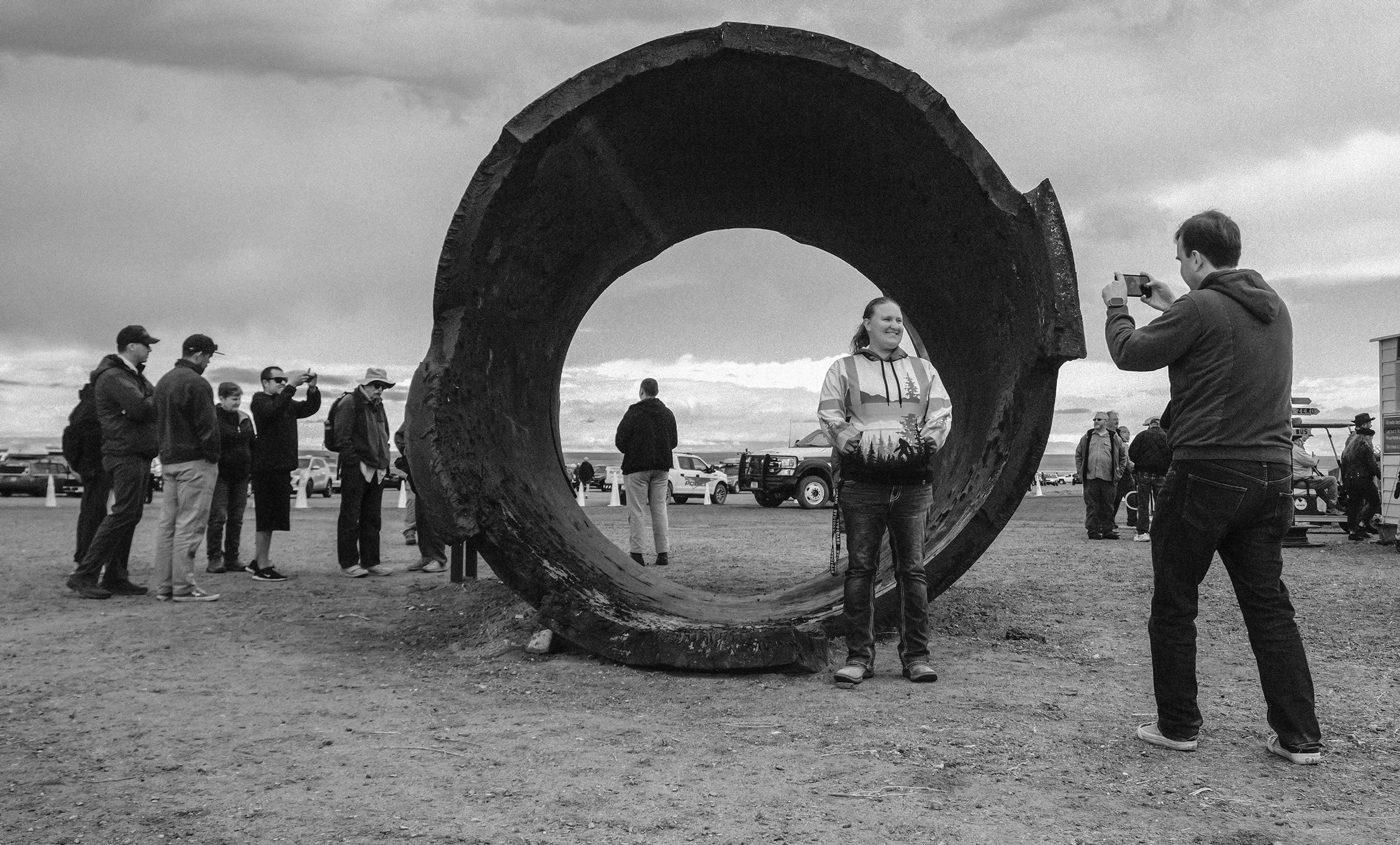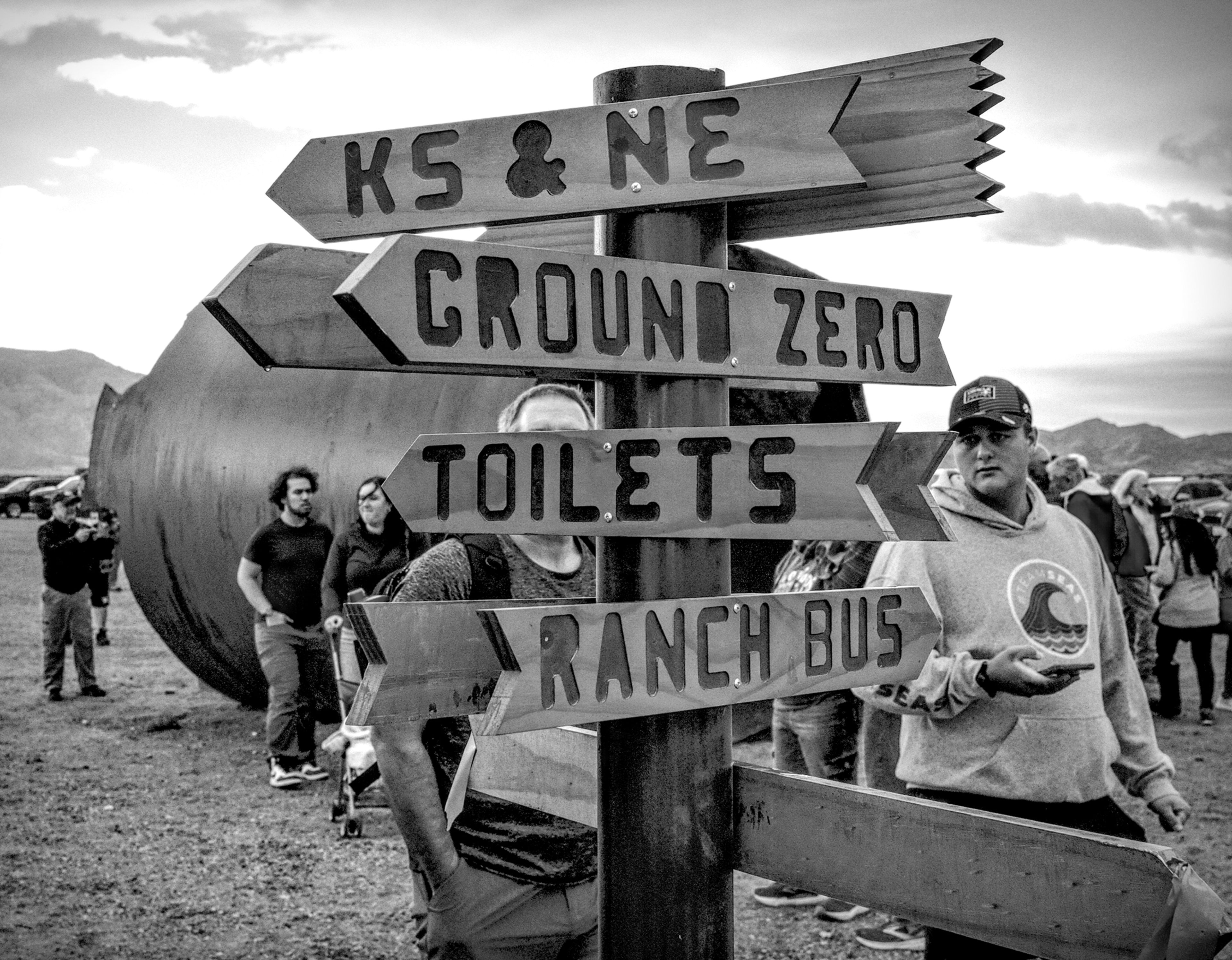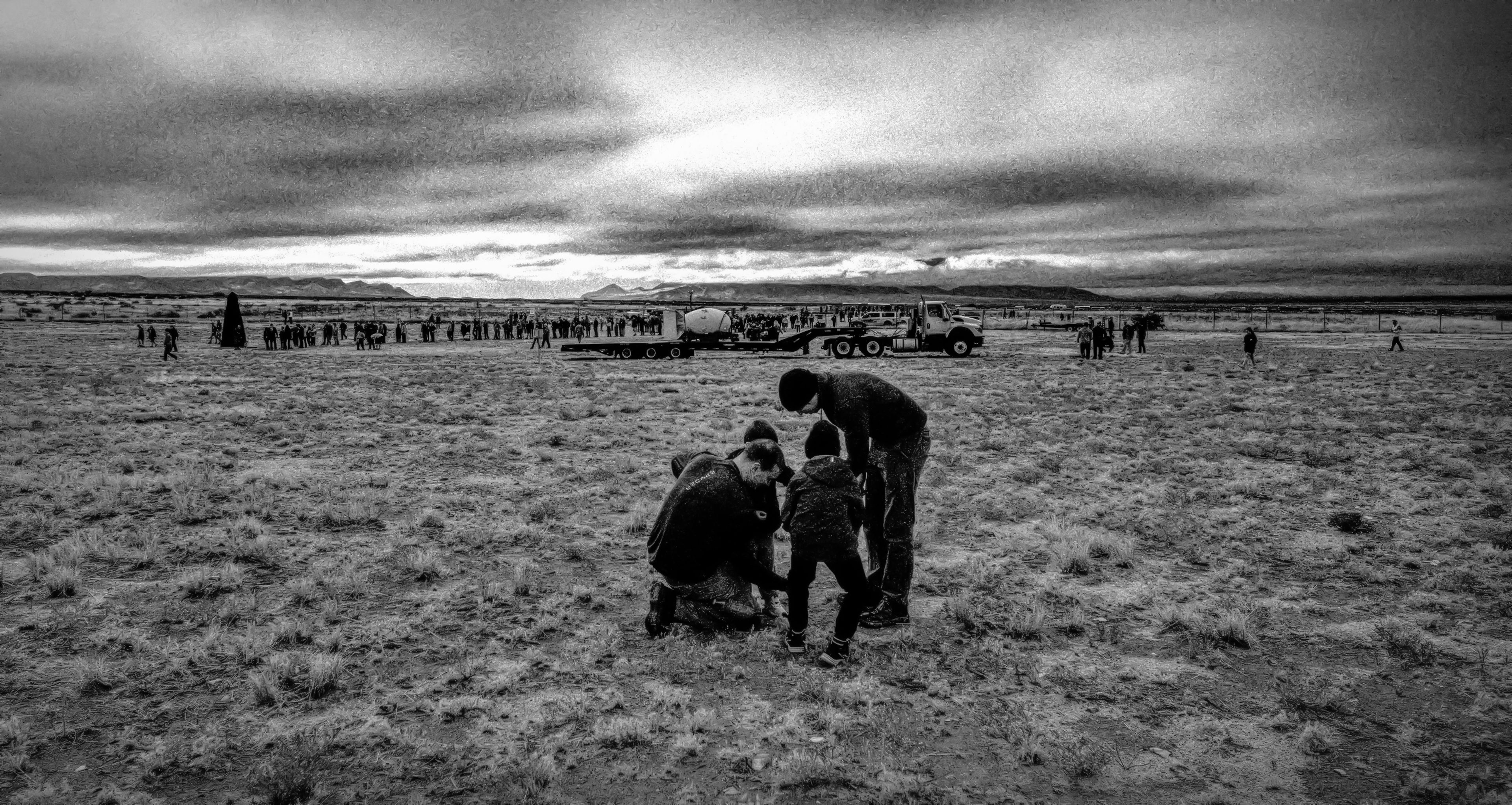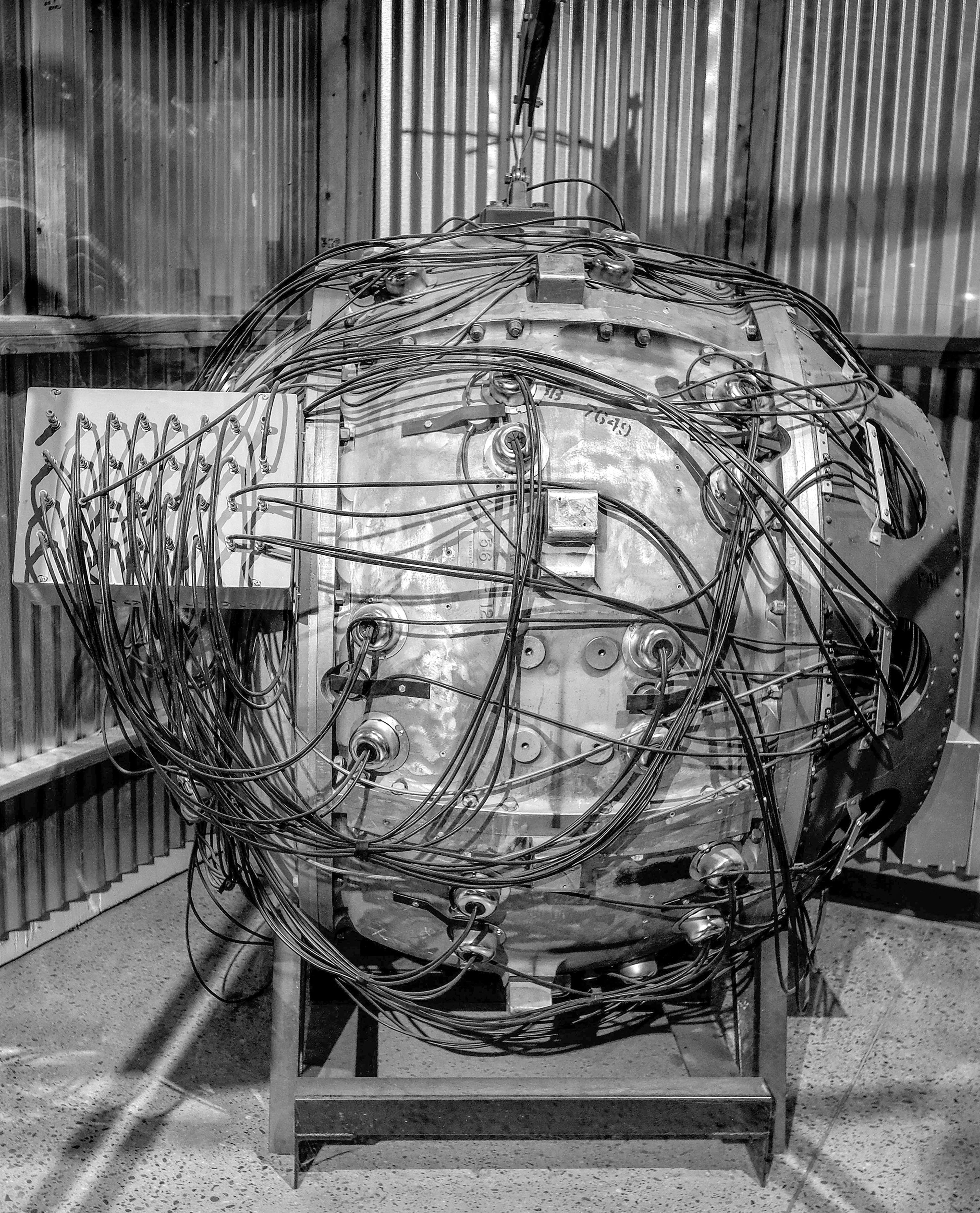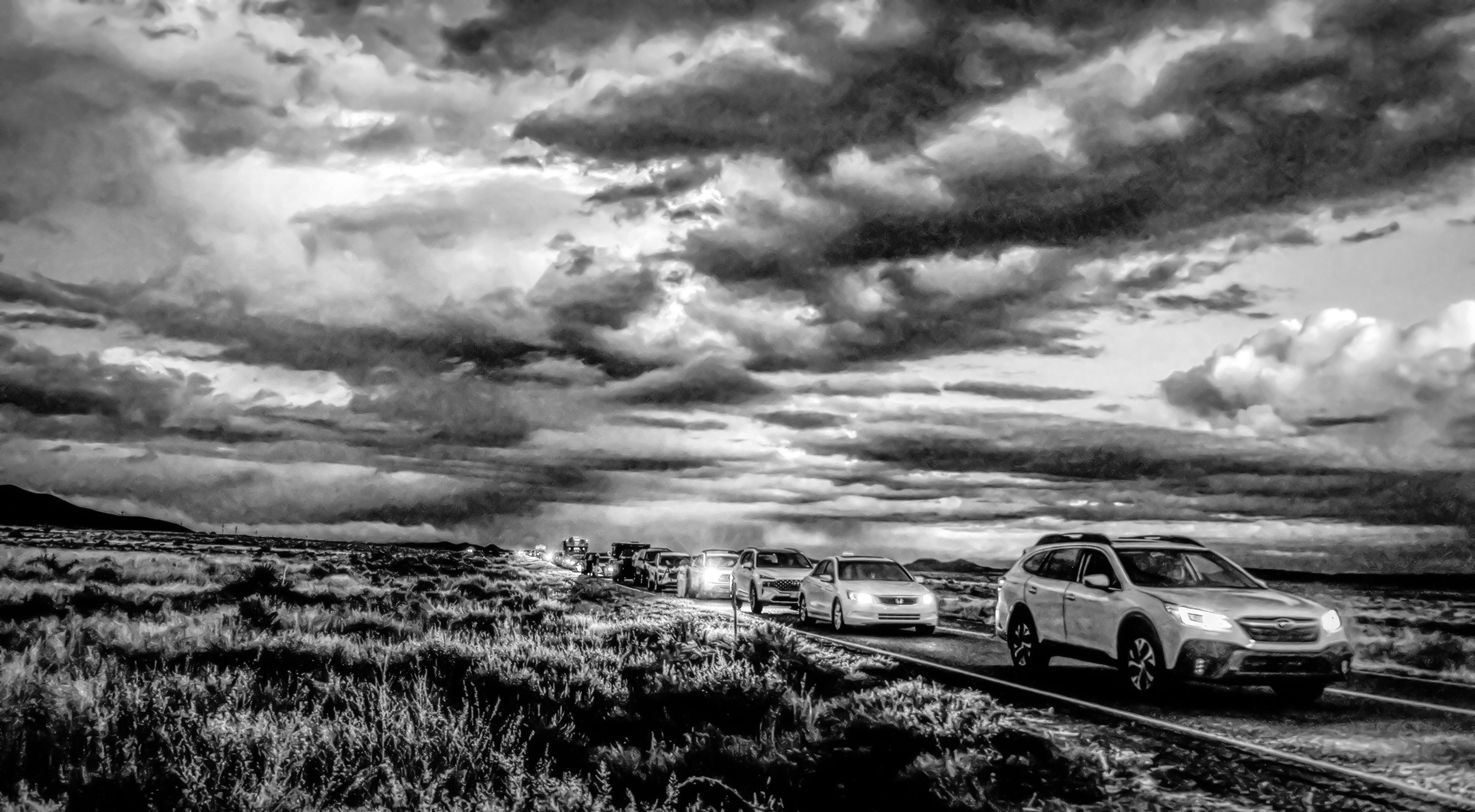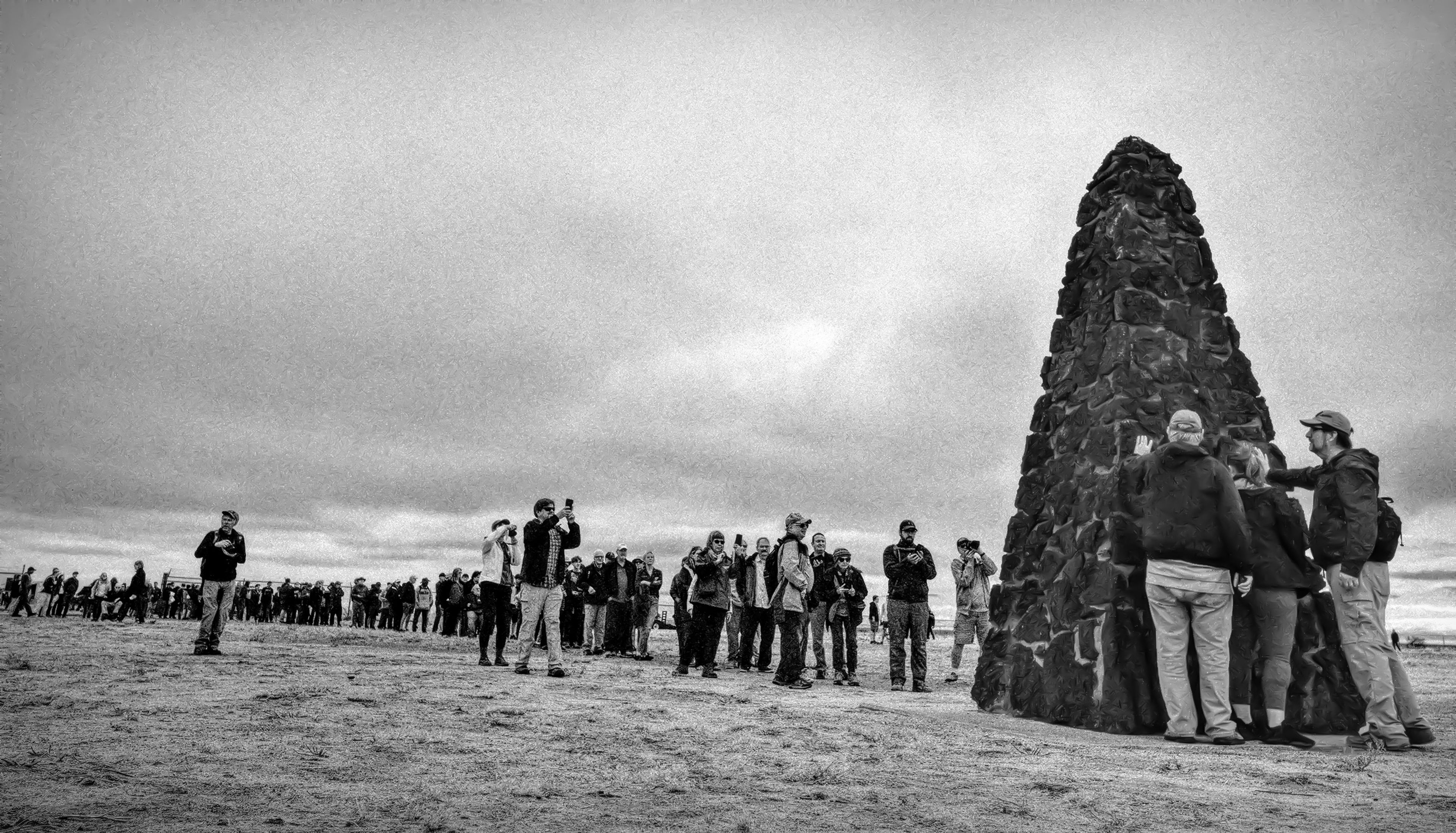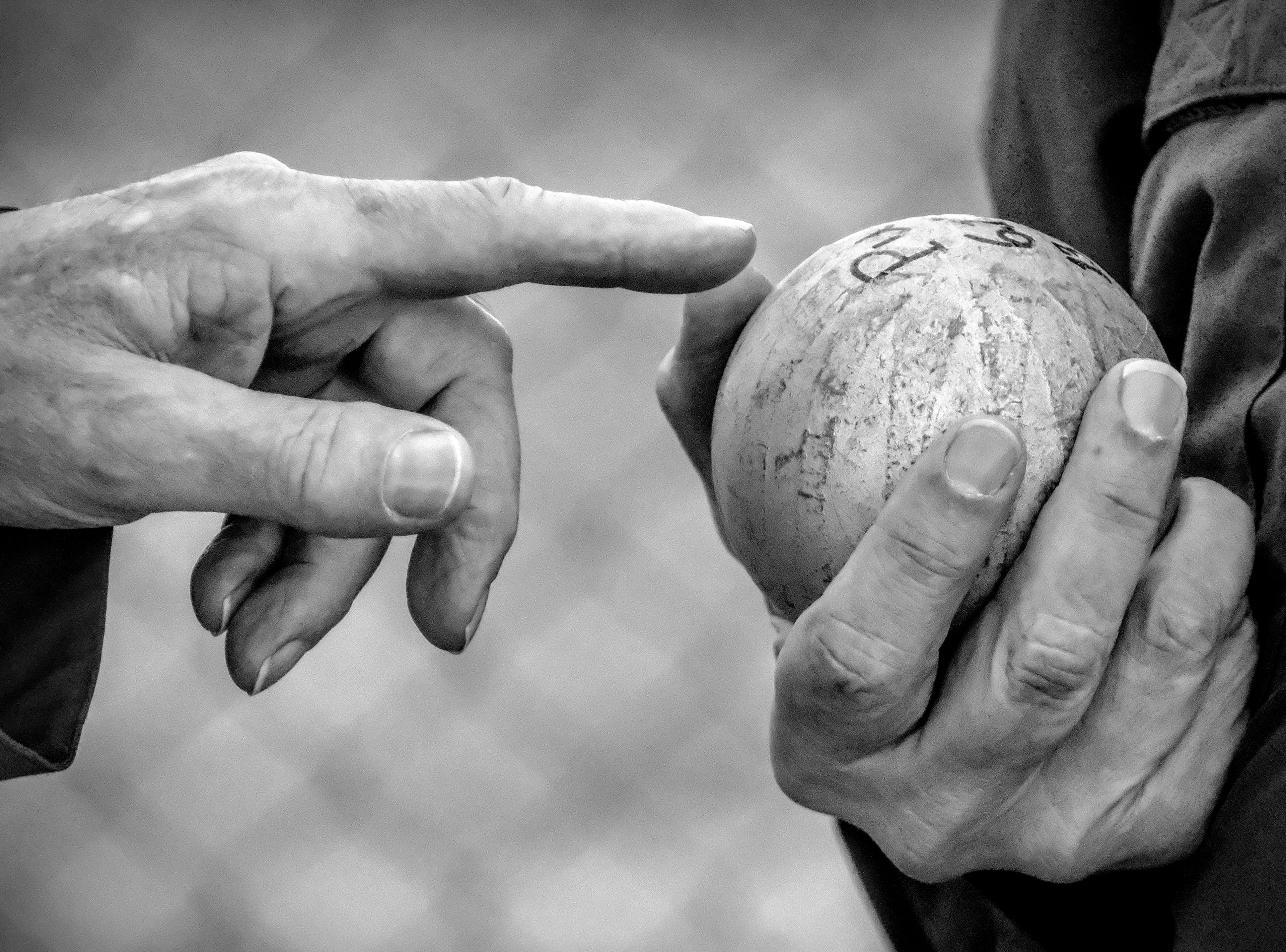PHOTOS: A trip to nuclear ground zero
Project Trinity, the New Mexico site where the world’s first atomic bomb was detonated in 1945, is open for visits from the public just one time each year
WHITE SANDS MISSILE RANGE, N.M. — On July 16, 1945, before dawn, rain squalls and thunderstorms postponed the test of the world’s first atomic bomb for several hours at the Trinity Site in New Mexico’s White Sands Missile Range. The test was a success and led to the end of World War II and the beginning of the nuclear age.
Seventy-nine years later, on Oct. 19, again at the range, before dawn, rain squalls and thunderstorms swept across hundreds of vehicles waiting in line at the base security checkpoint to visit the remote desert location, normally closed to the public. Those storms would track east and cause flooding and deaths in Roswell, N.M., but that’s a different story.
Once a year, the U.S. Army opens the active missile test range for visitors to this most exclusive national historic site. The open houses used to be held twice a year, but has been reduced to a single day in October because of budget constraints.
All that remains is a fenced-in shallow crater, an ominous black obelisk marking ground zero, the melted remains of one of the footings of the 100-foot-tall steel tower and the McDonald Ranch house 2 miles away, where the final assembly of the bomb was performed. Around the bomb’s crater, one can still find tiny green shards of Trinitite, the new mineral created from desert sand melted by the heat and radiation of the explosion (collecting is forbidden).
An empty bomb casing of the Fat Man bomb that was dropped on Nagasaki, Japan, sat on a truck trailer nearby. Visitors quietly queued up in a long line from ground zero to wait to take selfies in front of the monument. It’s not your normal tourist attraction.
This year this author, who first entered the White Sands range 42 years ago on a Lewiston Tribune photography assignment to cover the landing of the third flight of the space shuttle Columbia at an emergency landing strip on a dry lakebed, joined an estimated 4,000 to 5,000 visitors to the Trinity site from all over the world. It was a bucket list item.
Cruickshank is a former Lewiston Tribune photographer who lives in Liberty Lake, Wash.
